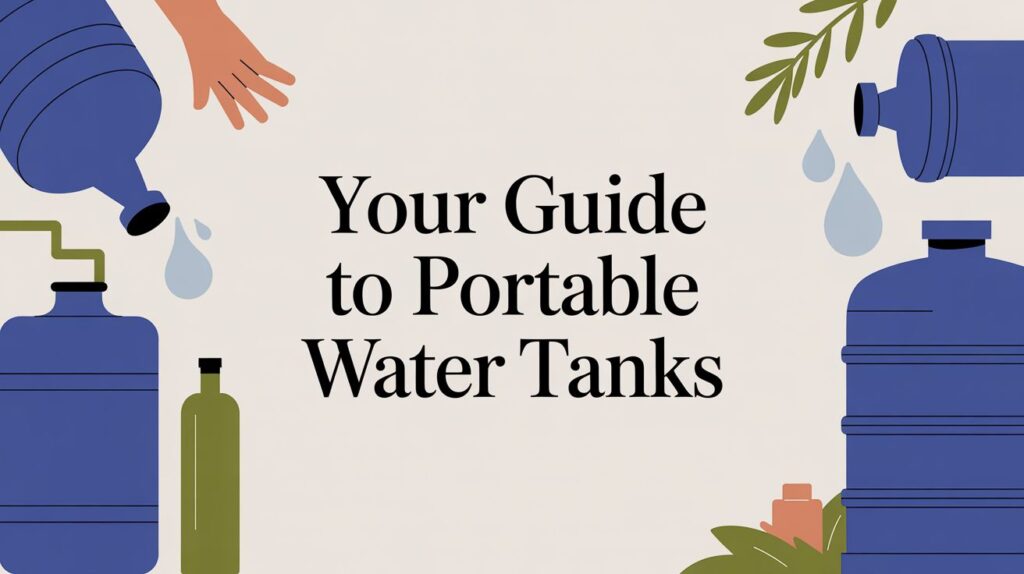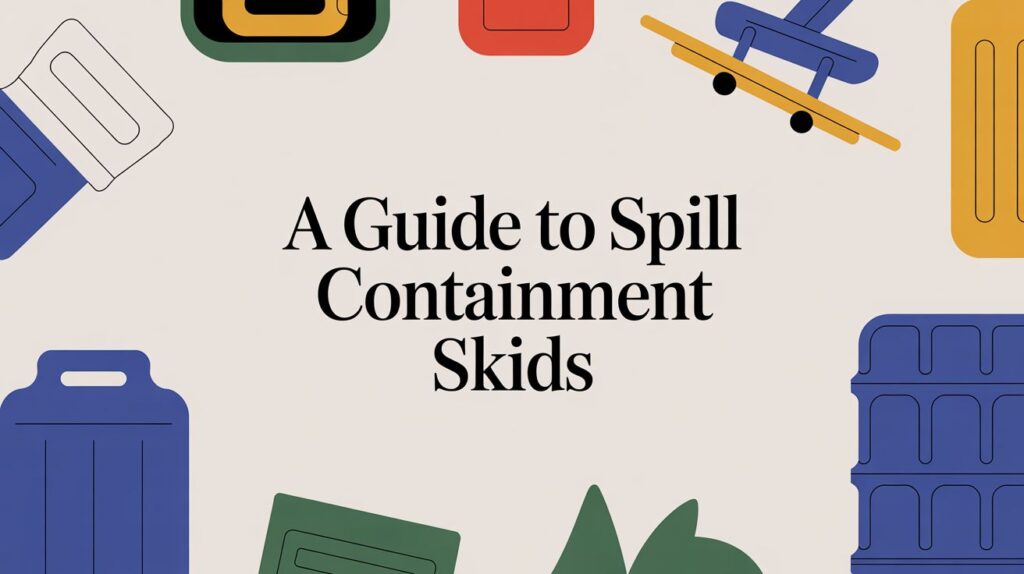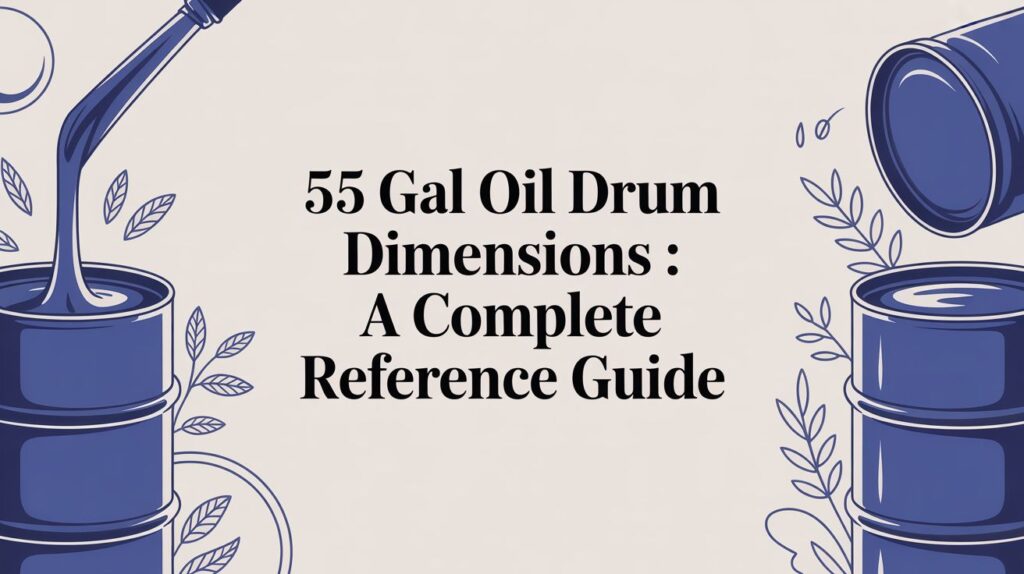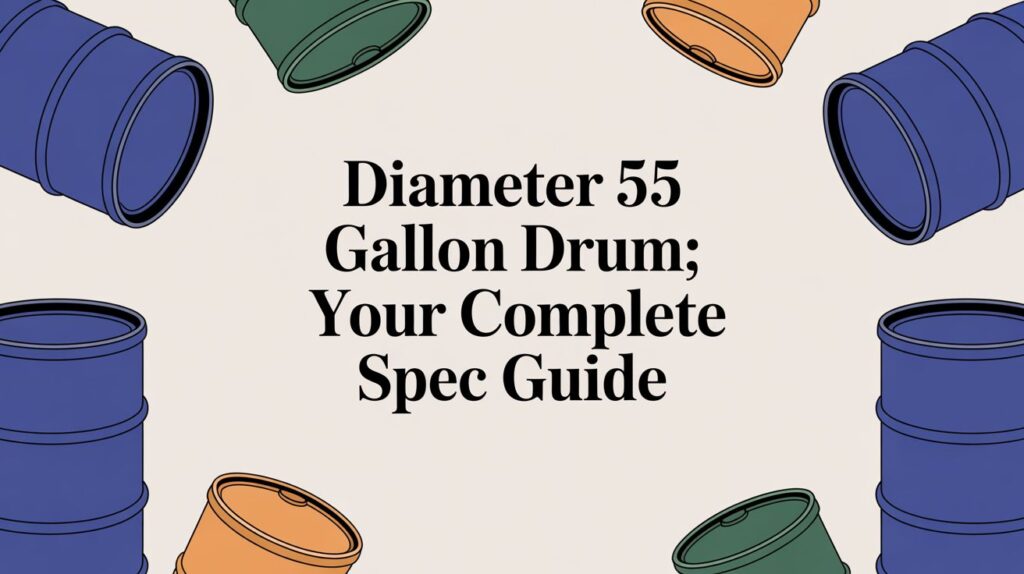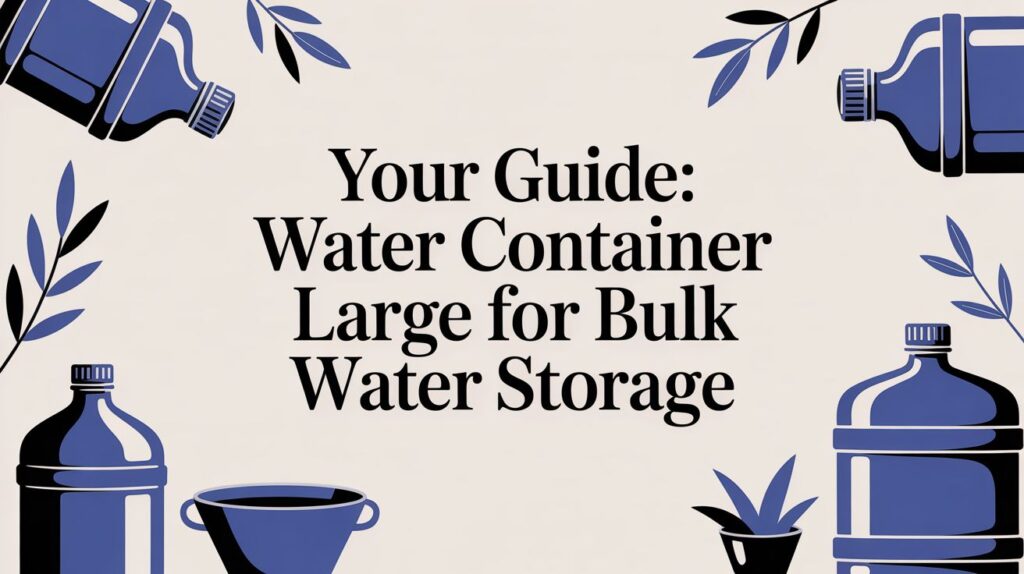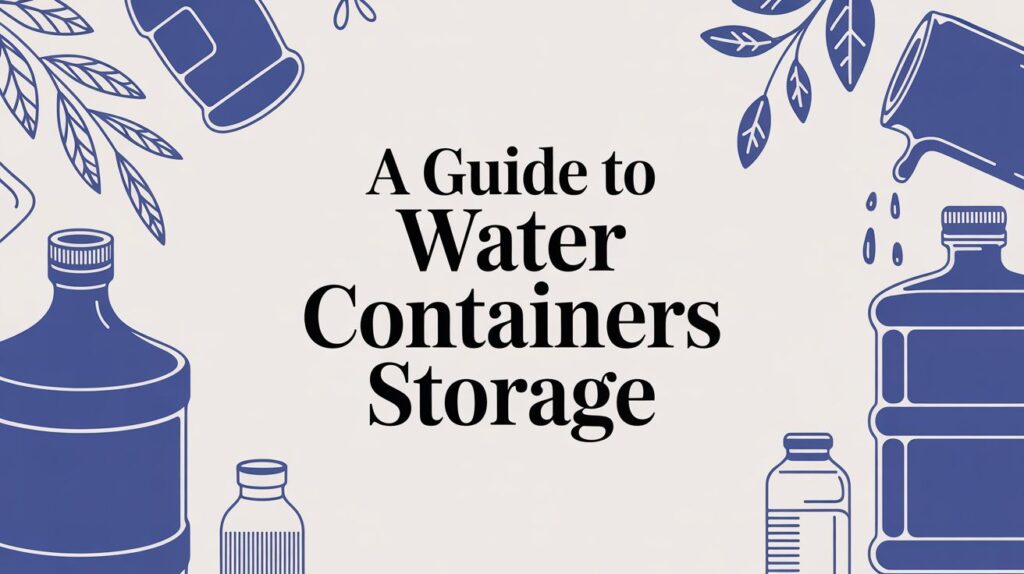IBC Insights
Your Guide to Portable Water Tanks
Think of a portable water tank as your personal, on-demand water supply, ready t...
A Guide to Spill Containment Skids
Think of a spill containment skid as a purpose-built safety net for your big che...
55 Gal Oil Drum Dimensions A Complete Reference Guide
When you're trying to figure out logistics, knowing the standard 55 gal oil...
Dimensions of IBC Tote: Key Measurements & Specs
If you're planning your facility's layout, figuring out shipping logis...
Dimensions of IBC Tote: A Complete Guide to Tote Sizes
When you're dealing with IBC totes, the good news is that the industry has ...
Diameter 55 Gallon Drums: Your Complete Spec Guide
When you're planning out your space or logistics, the first number you'...
Your Guide: Large Water Container for Bulk Water Storage
When you need a large water container, the goal is pretty straightforward: you n...
IBC Totes Dimensions: A Quick Guide to Size & Specs
When you're dealing with IBC totes, the most common sizes you'll encou...
A Guide to Water Containers Storage
Proper water containers storage is really the bedrock of any secure water supply...

